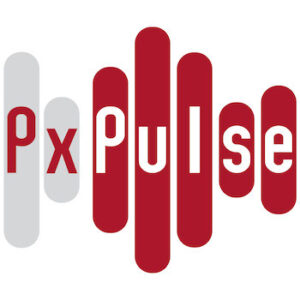
As the COVID-19 pandemic rages on across the world, the latest crisis is markedly reminiscent of the early days of HIV. And while the HIV epidemic is far from over, unrelenting activism, strong community engagement, partnerships and innovation are to thank for the strides the field has made towards controlling the epidemic.
Now, the response to COVID-19 is drawing heavily from these successes, and at the same time, forcing even more innovation on the HIV front.
In this episode of Px Pulse, we’ve compiled excerpts from two April webinars that offer unique perspectives on how COVID-19 and HIV are shaping one another. First, Mark Feinberg, CEO of IAVI, and Helen Rees, Executive Director of the Wits Reproductive Health and HIV Institute (Wits RHI), speak to COVID-19 vaccine development, and the role of the Coalition for Epidemic Preparedness Innovation (CEPI) in spurring vaccine funding and collaboration. We then turn to community engagement experts Sinead Delany-Moretlwe, Director of Research at Wits RHI, Vincent Basajja of the Uganda Virus Research Institute, Jau Nanyondo from Uganda’s Makerere University Walter Reed Project and Philister Adhiambo from the Kenya Medical Research Institute, who explain how HIV prevention trials are adapting in the wake of COVID-19.